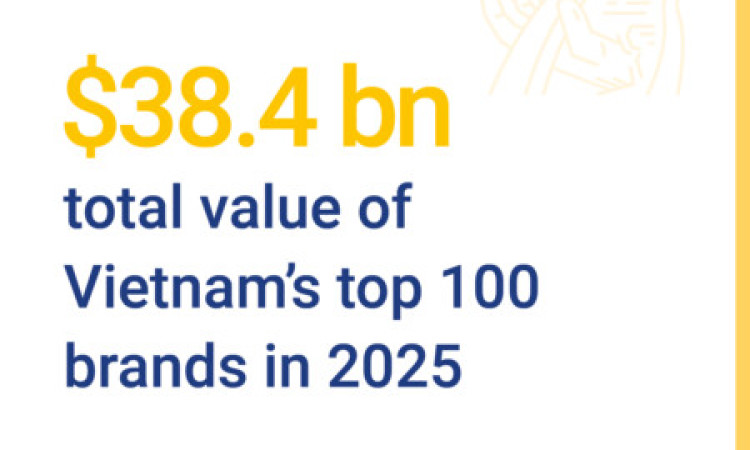New An Giang Province must become Mekong Delta's dynamic development centre
The new An Giang Province will play a strategic role in connecting East - West, sea - border, urban - rural, service - production - tourism.
The new An Giang Province needs to clearly define its vision to become a dynamic, comprehensive and sustainable development centre of the Mekong Delta, playing a strategic role in connecting East – West, seas to borders, urban to rural areas as well as linking service, production and tourism.
In particular, it needs to become a national marine economic centre, in which Phú Quốc Island is an international-class resort eco-tourism centre.
The Long Xuyên – Châu Đốc – Rạch Giá – Hà Tiên Quadrangle will be the driving force for industrial, logistics and cultural development of the entire region, contributing to reshaping the role of the new An Giang Province in the national economic structure and regional value chain.
Party General Secretary Tô Lâm made the directive on Wenesday when he led a delegation to work with provincial heads of An Giang Province and Kiên Giang Province on the implementation of recent resolutions and conclusions of the Party Central Committee and the arrangement of local apparatus.
He called for swift institutional stabilisation following the merger and a focus on socio-economic development with proactive, creative, decisive and adaptive approaches.
The immediate target is to fully achieve the 2025 development indicators, particularly attaining a gross regional domestic product (GRDP) growth rate of over 8 per cent, laying the groundwork for double-digit growth in subsequent periods.
"Improving both the material and spiritual well-being of the population remains a priority," he said.
He underscored the necessity of transitioning towards a knowledge-based economy, driven by high-quality human resources and advanced technologies.
This aligns with recent Politburo resolutions and presents the most viable path for breakthrough growth amid the digital transformation and global integration era, he said.
A comprehensive development corridor
Kiên Giang and An Giang – both provinces with rich revolutionary heritage and strategic positions along the southwestern border have completed their merger proposal, which includes 102 administrative units (85 communes, 14 wards and 3 special zones). It has been submitted to the Government.
Despite their geographic proximity and shared positioning in the Mekong Delta’s strategic southwest, General Secretary Tô Lâm noted that connectivity between the two provinces remains weak.
Existing cooperation programmes are sparse and lack a coherent, overarching coordination mechanism and strategic vision.
Infrastructure remains fragmented, and spatial planning, investment promotion, agricultural zones, tourism, and service sectors are yet to reach their full potential, thereby constraining market scale and investment effectiveness.
Therefore, merging an agriculture-oriented An Giang Province, with its strengths in aquaculture and crop production at the Mekong’s headwaters, with a coastal Kiên Giang, noted for its marine economy, tourism, renewable energy, and port services, could create a comprehensive development corridor encompassing mountains, plains, borders and islands, blending border and maritime economic advantages.
Such a merger would pave the way for infrastructure restructuring, forming robust value chains from production to processing, logistics and exports.
It also provides an opportunity to establish new economic zones, attract strategic investments and elevate the Mekong Delta’s regional competitiveness.
To ensure a smooth transition, Lâm urged local authorities to reassess and align progress with targets outlined in the 2020–25 Provincial Party Congress Resolutions.
He called for an effective two-tiered governance structure (province–commune), with flexible administrative models tailored for special zones like Phú Quốc, Thổ Chu and Kiên Hải. These adjustments would support the development of specialised economic, tourism and national defence areas.
He also said that the selection and assignment of cadres must be based on standards of quality, capacity, qualifications, courage, sense of responsibility and trust among the people.
Local leaders must implement support mechanisms for affected officials and workers during the re-structuring process, while ensuring transparent and efficient management of assets, finances and organisational records.
APEC 2027 – a catalyst for Phú Quốc
Looking ahead to Việt Nam’s hosting of the APEC Summit in 2027 in Phú Quốc Island, Lâm said the event will be a landmark in Việt Nam’s foreign affairs and a rare opportunity to showcase the country as modern, integrated and vibrant on the global stage.
He urged maximum effort in preparing for the summit, particularly in infrastructure development, safety and promotional strategies.
Key infrastructure projects must be expedited not only to support the event but also to serve Phú Quốc’s long-term sustainable development.
He warned against the pitfall of post-event neglect of major infrastructure investments.
The province must also proactively cultivate a high-calibre workforce for the summit, strengthen international outreach and establish Phú Quốc as a prime destination for strategic investors, high-end tourists and international firms in technology, finance and services.
He called for a comprehensive development strategy for Phú Quốc, with clearly defined investment priorities, special policy frameworks and tailored governance models.
The aim is to transform the island into an international centre of eco-tourism, finance, wellness and innovation.
“The success of APEC 2027 in Phú Quốc will not only be a source of local pride,” he stressed, “but a powerful driver for the comprehensive development of the newly merged province, significantly contributing to enhancing Việt Nam’s international standing in the era of deep integration and global competition.”






